Ray: The man behind Bengali cinema
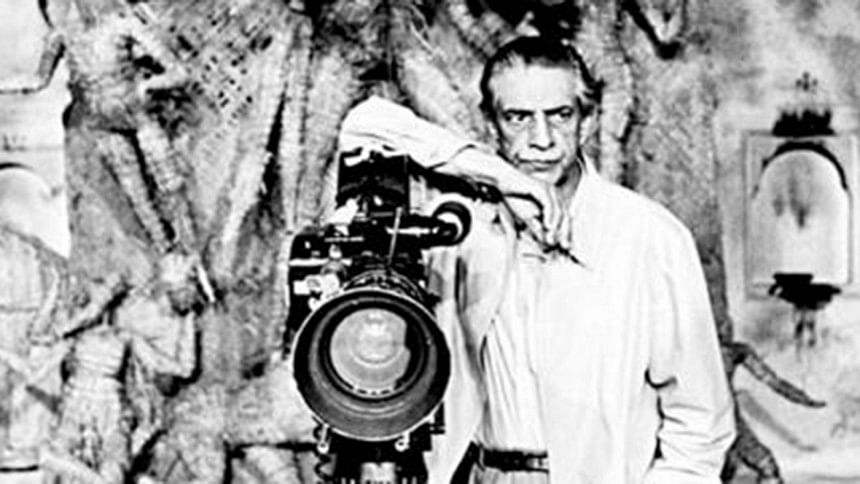
Around 1948, cine clubs were flourishing in Kolkata. A new wave of intellectuals was on the rise. These people thought of cinema to be the voice of the commoners, of the middle class and not just a studio dependent entertainment medium.
Influenced by the likes of De Sica, Bergman, and Renoir, they would surround their regular table at the coffee house and discuss the art and power of celluloid. Among them was a man who wrote a newspaper article titled ‘What is wrong with Indian Films’ accusing Indian directors of failing to grasp the new medium. He wrote, “The raw material of cinema is life itself. It is incredible that a country that has inspired so much painting and music and poetry should fail to move the film-maker.” This was the time when Indian cinema was nothing but unrealistic love stories and mythical adaptations, far from the hearts and minds of real life. This man however answered his own statement in the following years by the film Pather Panchali. The name Satyajit Ray has become a part of the definition of what it means to be a Bengali. Today marks the maestro’s 97th birthday.
Throughout a career span of three and a half decades, Ray created over 30 films, revolutionising Indian cinema, modernising the art of adaptation and introducing the nation to audiences worldwide. For prominent author Salman Rushdie, he was “the poet par excellence of the human-scale, life-sized comedy and tragedy of ordinary men and women,” while for Akira Kurosawa, “Not to have seen the cinema of Satyajit Ray meant existing in the world without seeing the sun or the moon.”
Generations after generations have cherished his movies. On the one hand,AronnerDinratri made the urban centric youngsters go on a bohemian spree, far away from the structural life, on the other hand, movies such as Jana Aranya, Agantuk made the population think more about the society they live in.
Rabindranath and Tarashankar’sbooks have catered as the basics of Bangali culture. Ray took their work and adapted them to celluloid with mere perfection. Ghore Baire, Charulata, Teen Kanna, and Jalsha Gharare crafted in such a way as if the writers themselves have made them. His characters FeluMittir and Professor Shanku have gained cult statuses and are still a part of our pop culture, and hisApu Trilogy is a gift of celluloid which the world will cherish till the end of time.
This was a man who had the gift to read the Bangali middle class. Though many directors have come and gone with their protagonists and characters, Ray’s Apu lives on as our favorite middle class boy next door, a boy who is still the poster child of Bengali ambition.
Words after words can be written about Ray, yet it wouldn’t be enough. In this day and age where many youngsters are dreaming to take on celluloid as both their passion and profession, Ray is certainly a powerful guide that drives them towards their dream. Years have gone by yet Ray still lives on in sets, scripts, camera, and every other aspect of filmmaking. It is safe to crown Ray as Bengali filmmaking 101, the very base which one needs to know. Today,on his birthday we would like to honor him with his own words, “Maharaja Tomare Selam”

 For all latest news, follow The Daily Star's Google News channel.
For all latest news, follow The Daily Star's Google News channel. 

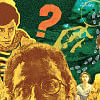
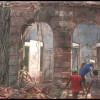

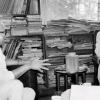
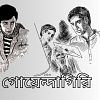


Comments